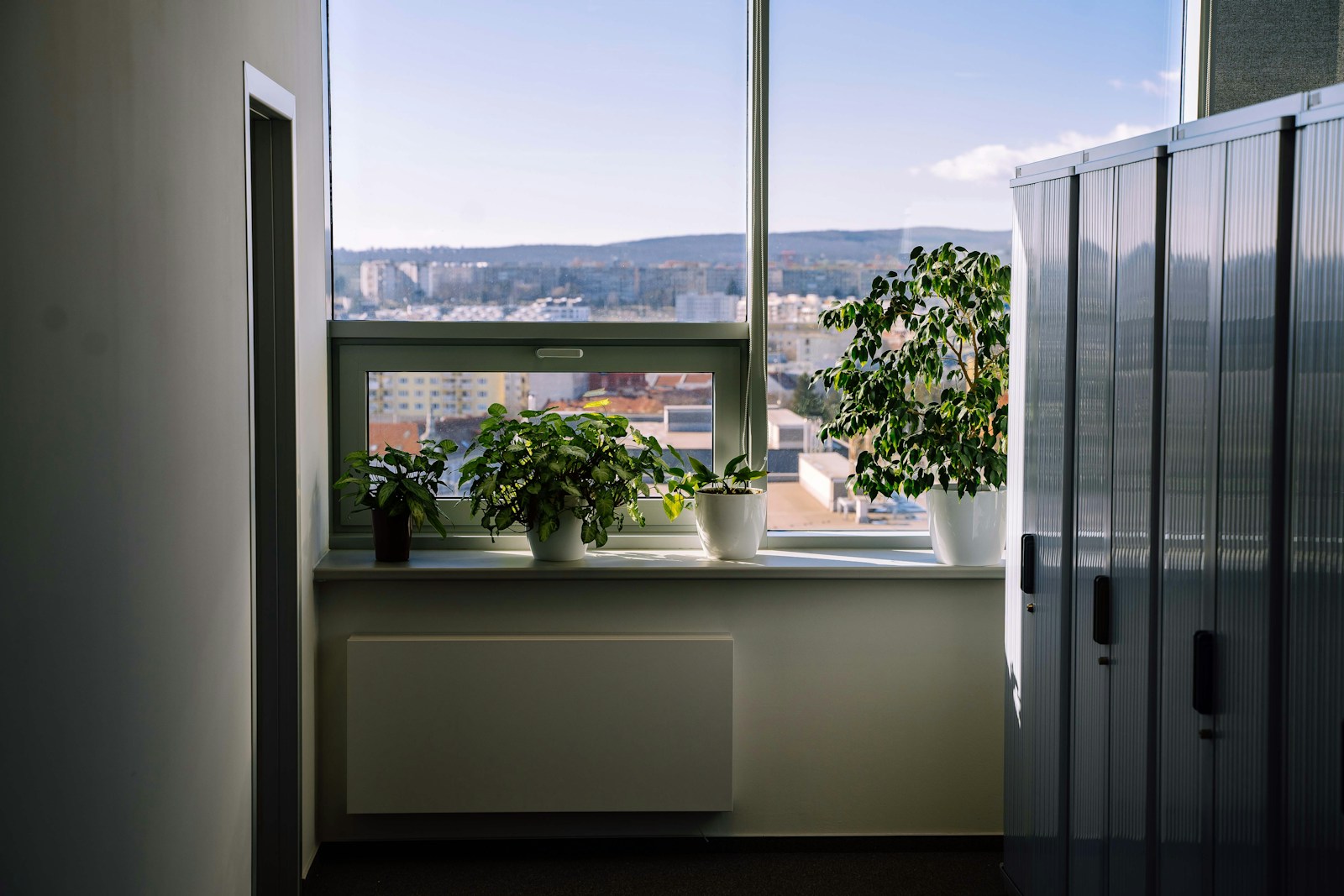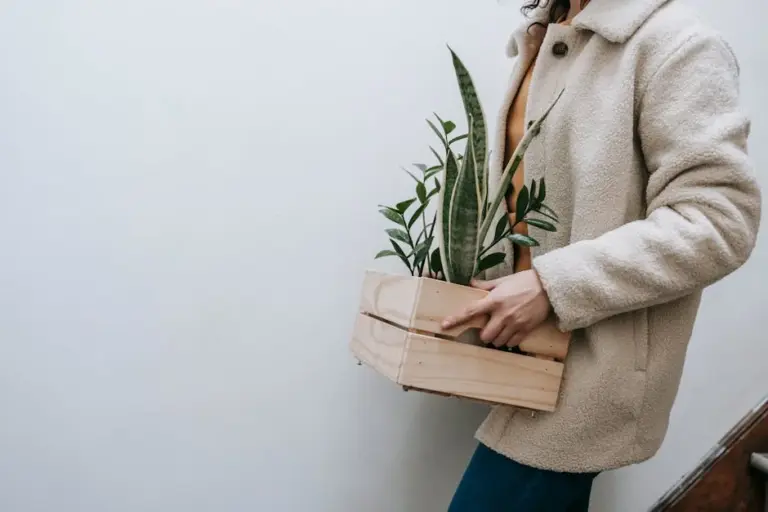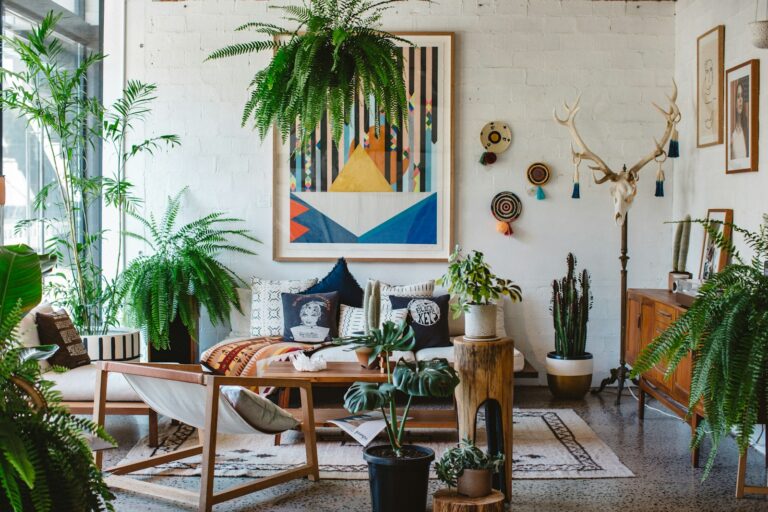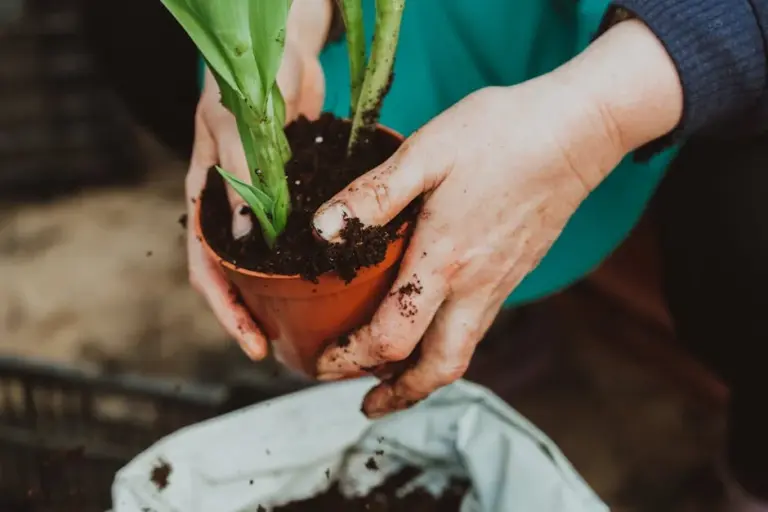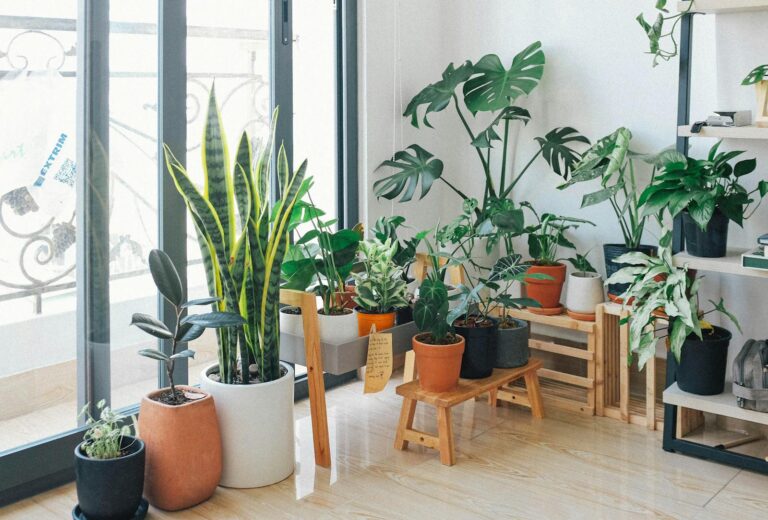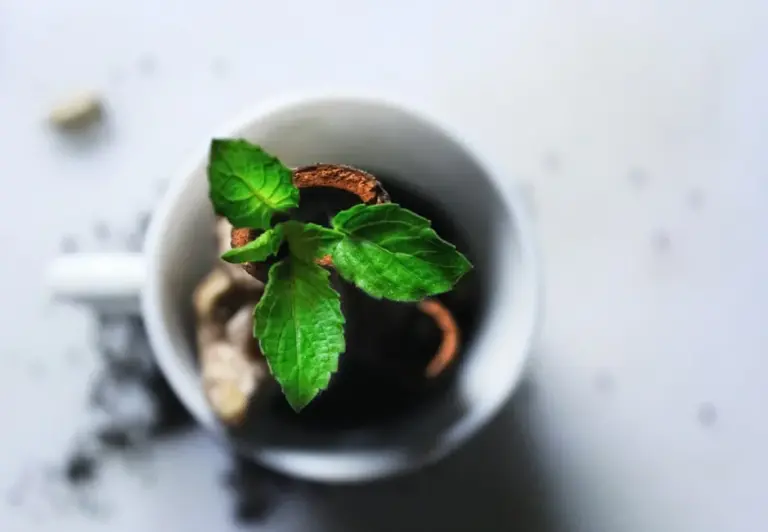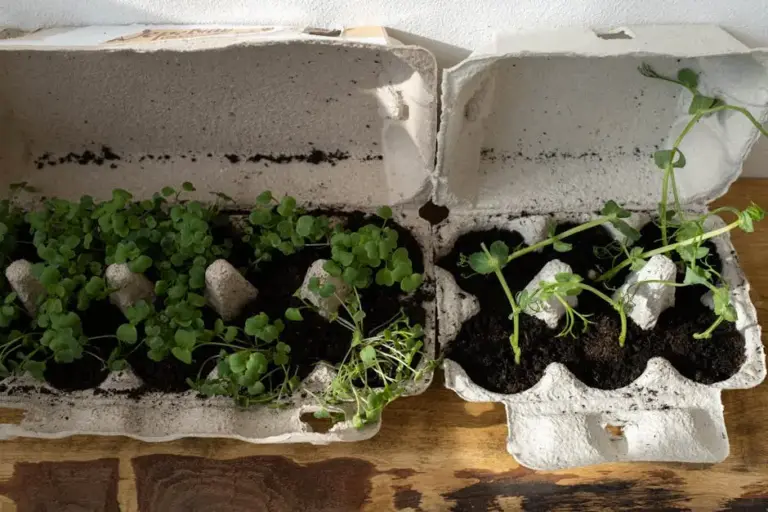Tips for Choosing Plants That Work Both Indoors and Outdoors Easily and Beautifully
Ever get tired of moving your favorite plant around, only to find it wilting in a new spot? Picking plants that can handle both your living room and your patio can make your life a whole lot easier.
Not every plant will love both environments, but there are plenty that will. Mixing and matching the right ones can bring a fresh look to your home and garden without the hassle.
Consider Light Requirements: Choose plants that tolerate both bright indoor light and varying outdoor sunlight

Light can be tricky. Some plants are happy in a sunny window and can also handle a spot outside.
If you want to move your plants around, look for ones that adapt to different light levels. Snake plants are a solid pick since they handle low indoor light and brighter outdoor conditions.
Outdoor sunlight can be intense. Pay attention to how much direct sun your outdoor space gets, and try not to shock your plants with too much at once.
Matching your plant’s light needs to where you want to place them keeps them looking their best. A little research goes a long way.
For more details on light levels for plants, check out this complete light level guide.
Select Hardy Varieties: Opt for resilient plants like snake plants that handle changes in temperature
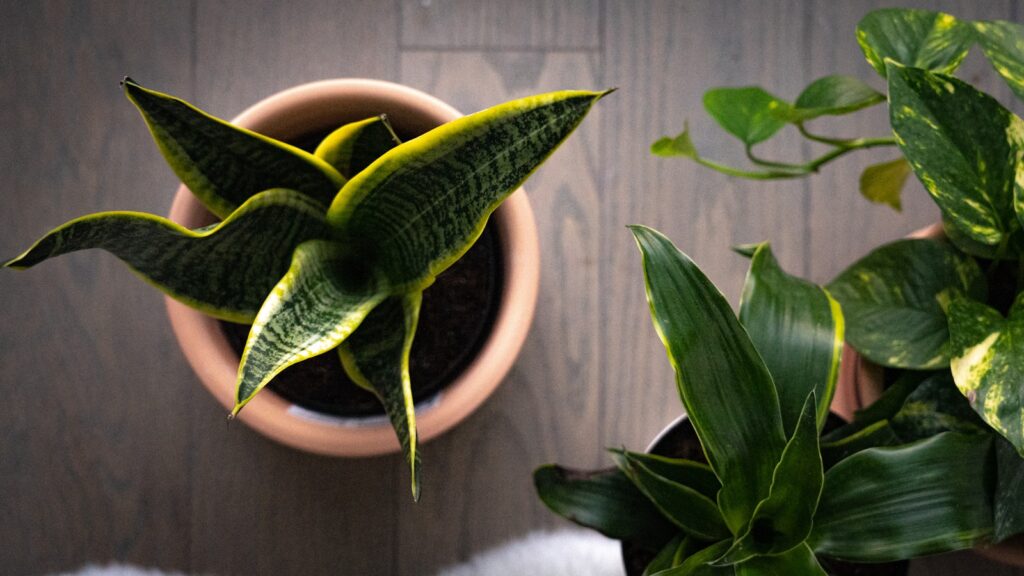
Weather is unpredictable, but some plants just roll with it. Snake plants are champs at handling temperature swings, from cool indoor air to a warm summer patio.
You don’t have to stress about moving them in and out when the weather changes. Just keep them away from harsh drafts and freezing temps.
They’re also not fussy about light, which makes them easy to place wherever you need a touch of green. And since they don’t need much water, you can relax a bit on the care.
For more tips on snake plants and other hardy varieties, check out this guide to 10 snake plants that grow super fast indoors.
Check Watering Needs: Pick plants with flexible watering schedules such as pothos

Busy week? Forget to water? Some plants won’t hold it against you. Pothos, for example, are forgiving and don’t need a strict watering routine.
If you’re moving plants between indoors and outdoors, flexible watering needs are a lifesaver. Some like it dry, others a bit more moist, so choose ones that can handle a little neglect.
Checking soil moisture every week or two can help you stay on track. Plants that adapt to different watering schedules make life simpler.
Look for Versatility: Plants like aloe vera thrive well indoors and outdoors with minimal fuss
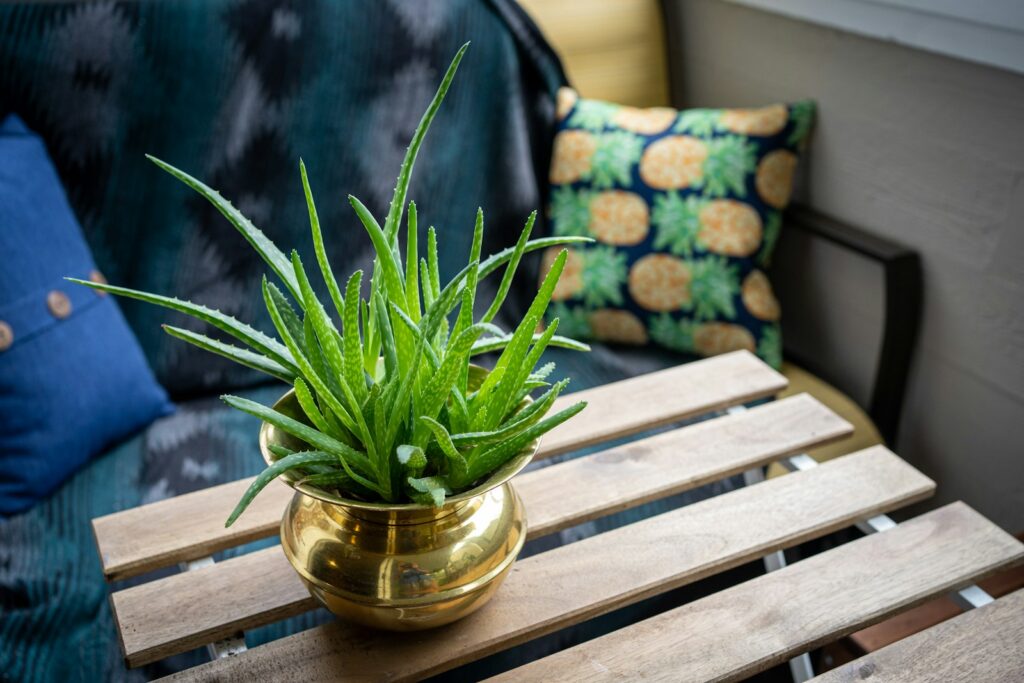
Life’s busy enough without high-maintenance plants. Aloe vera is a great choice if you want something that looks good and doesn’t need constant attention.
It can sit by a sunny window or outside in partial shade, and it’s not thirsty. Thick leaves store water, so you don’t have to worry if you forget to water now and then.
If you like the idea of a plant that’s easy to care for and can move with you, aloe vera is a solid bet. Other plants like haworthia and gasteria offer similar perks.
Evaluate Space: Ensure the plant size works for both indoor pots and outdoor garden beds
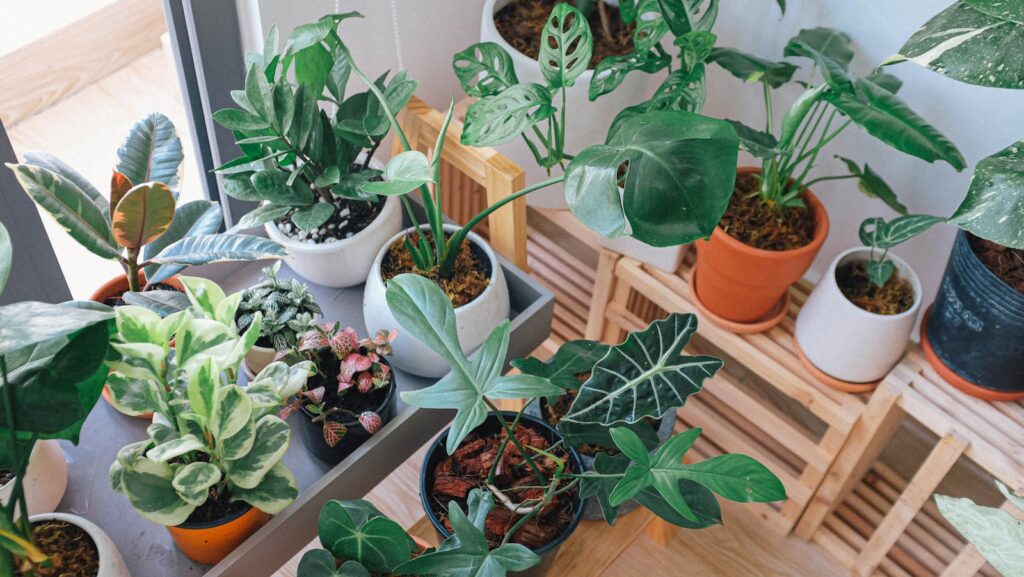
Nobody wants a plant that outgrows its welcome. Think about how big your plant will get in both a pot and a garden bed.
A pot that’s a bit bigger than the root ball gives your plant room to grow indoors without taking over your space. Outside, make sure there’s enough soil and room for roots to spread.
If you’re not sure, go for slow or moderate growers. This way, you won’t be surprised by a plant that suddenly needs a new home.
Pick Easy-to-Propagate Plants: Choose ivies or ferns to expand your collection inside and outside
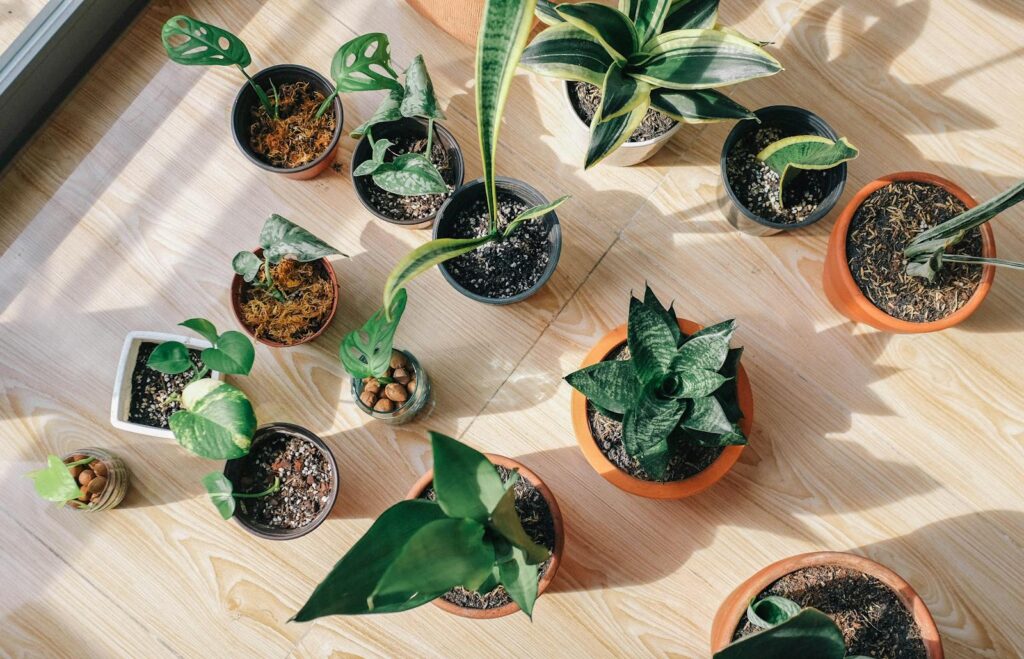
Want to fill your home and garden with plants without breaking the bank? Go for easy-to-propagate types like ivies and ferns.
Ivies are easy to grow from cuttings. Snip a stem, pop it in water or soil, and soon you’ll have a new plant.
Ferns often send up new shoots you can separate and replant. It’s a simple way to grow your collection without extra shopping trips.
Both are forgiving and don’t need special tools or skills. Perfect for anyone just starting out or looking to multiply their favorites.
Consider Humidity Tolerance: Select plants that manage indoor dry air and outdoor moisture
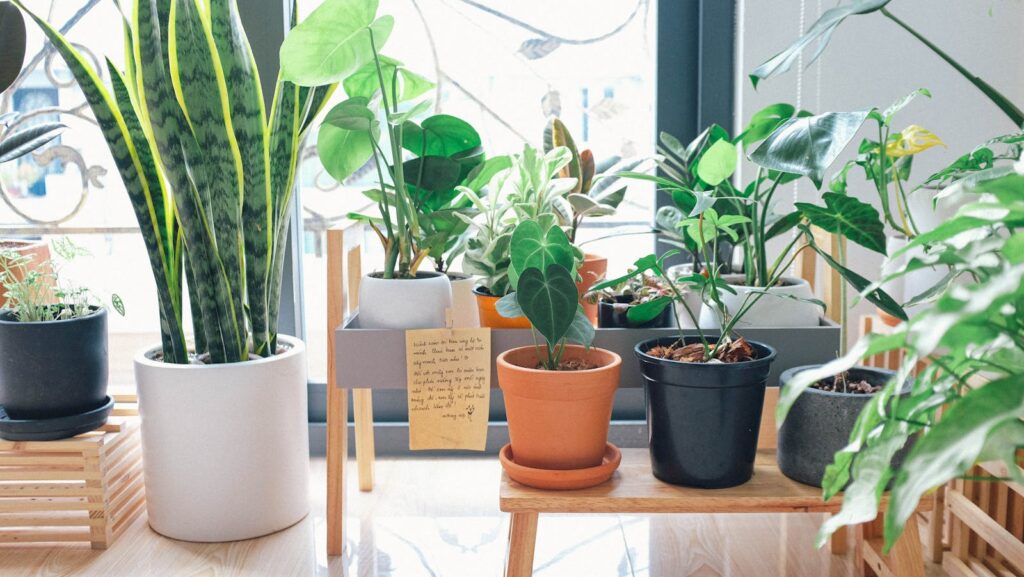
Indoor air can get pretty dry, especially in winter. Some plants don’t mind at all.
Pick varieties that can handle lower humidity inside and a bit more moisture outside. These are easier to care for and won’t wilt or rot with a change in air.
Plants that adapt to different humidity levels save you from extra work. You won’t have to mist every day or worry about rain outside.
Choose Seasonal Adaptability: Begonias adjust well from inside filtered light to outdoor shade
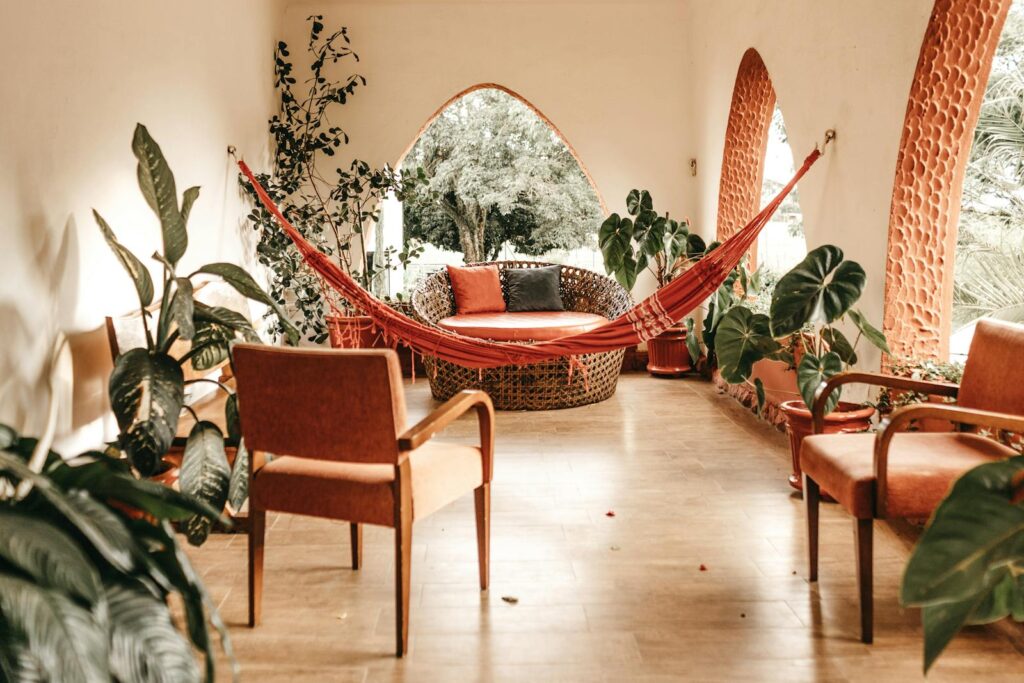
Begonias are great for anyone who likes to move plants around with the seasons. Inside, they love filtered light and look great on a windowsill.
When summer comes, begonias can handle a spot outside with morning sun and afternoon shade. They might drop a few leaves during the move, but they bounce back quickly.
Their ability to handle changes in light makes them a smart pick for flexible spaces. You can keep them thriving year-round with just a few adjustments.
Focus on Low Maintenance: Go for succulents that don’t demand constant care

If you want to enjoy plants without a lot of fuss, succulents are your best friend. They need little water and can live in a bright window or outside on a patio.
They don’t grow too fast, so you won’t be constantly repotting or pruning. This makes them perfect for anyone with a busy schedule.
Look for tough, easy-to-grow varieties. They handle heat and a little neglect, so you don’t have to worry if you miss a watering.
Avoid Extreme Sensitivities: Stay away from plants that hate drafts or direct harsh sun
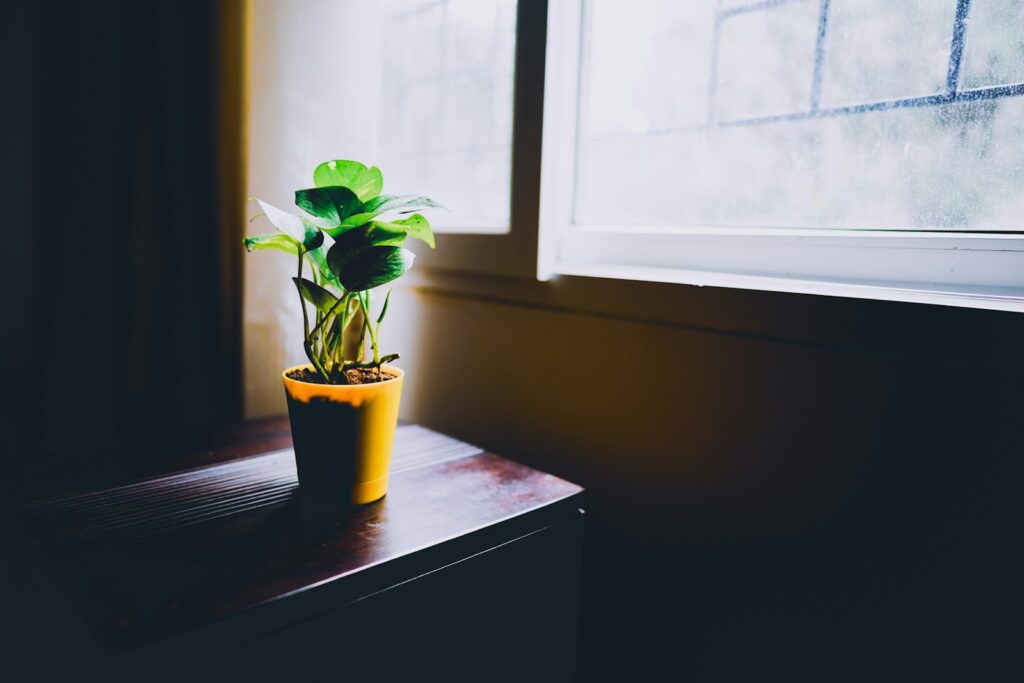
Some plants are just too picky for moving around. Steer clear of ones that can’t handle drafts or strong sun, like Calathea or Peace Lily.
If a plant is known to dislike sudden changes, it’s not going to be happy going from your living room to your patio. Choose plants that can adapt to a range of conditions.
Protect your plants from cold or hot drafts and avoid putting them in the path of harsh midday sun. This keeps them stress-free and looking good.
For ideas on protecting sensitive plants from drafts indoors, check tips on how to shield your houseplants from cold air.
Key Environmental Factors for Versatile Plants
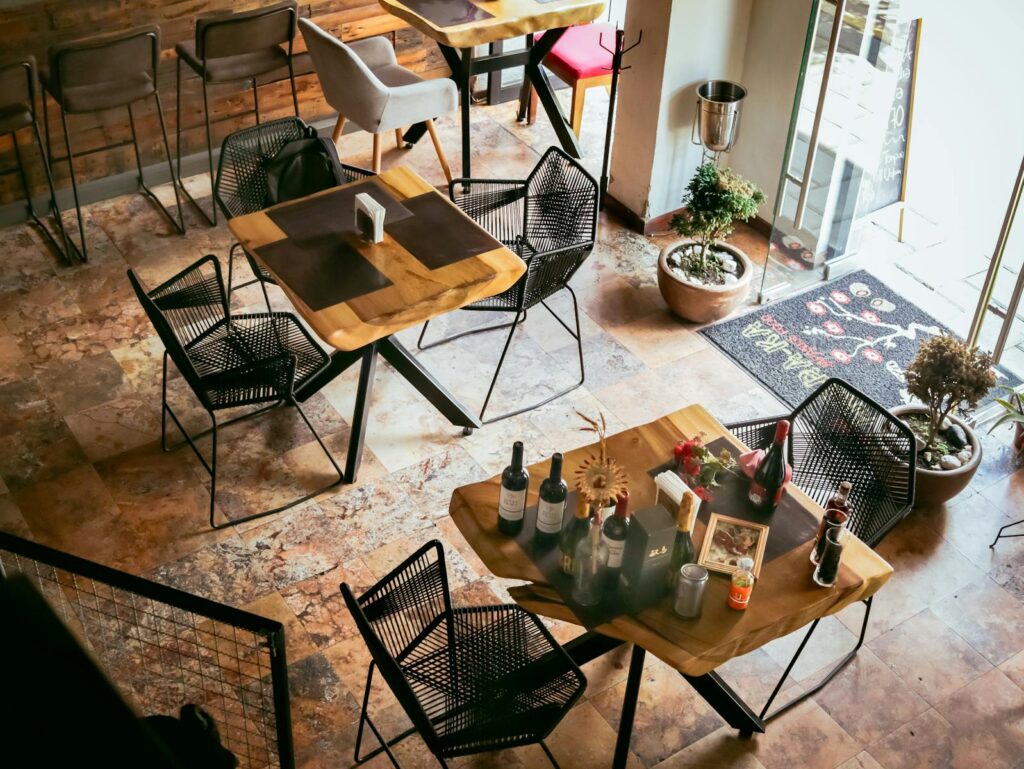
It helps to know what your plants need before you start moving them around. Light, temperature, humidity, and airflow all play a part in keeping your plants looking their best.
Light and Temperature Requirements
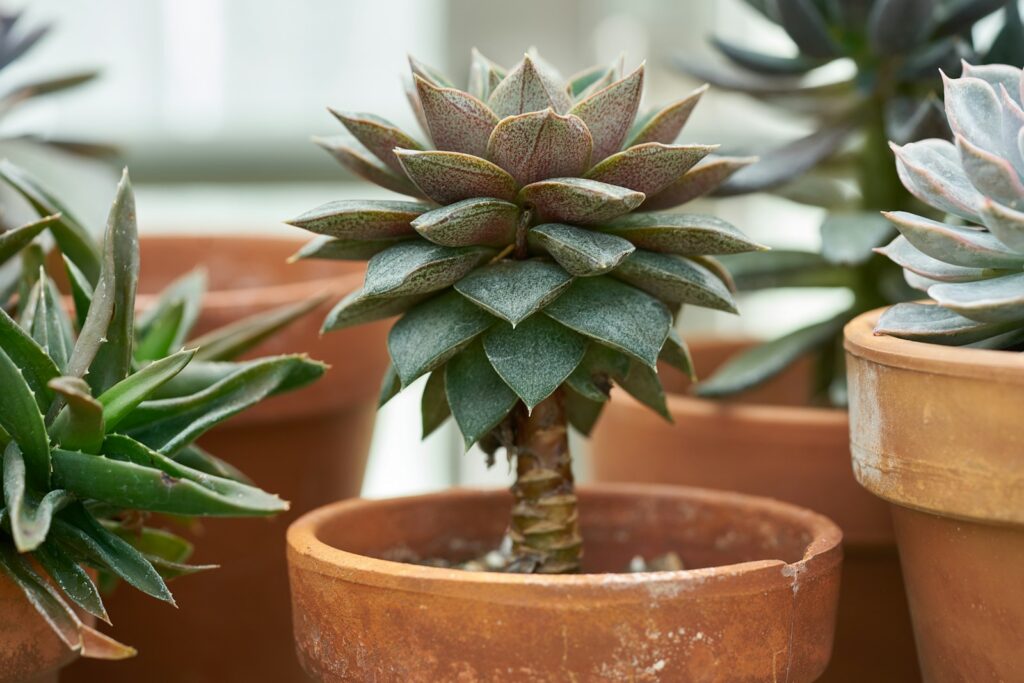
Most plants that do well inside and outside like bright, indirect light. Too much sun can burn leaves, but not enough can slow growth.
Pick varieties that can handle temperatures between 60 and 75°F. They’ll survive indoor heating and cooling and most outdoor weather.
Plants like peace lily and snake plant are good at handling these changes. Avoid sudden temperature shifts to keep your plants happy.
Humidity and Airflow Considerations
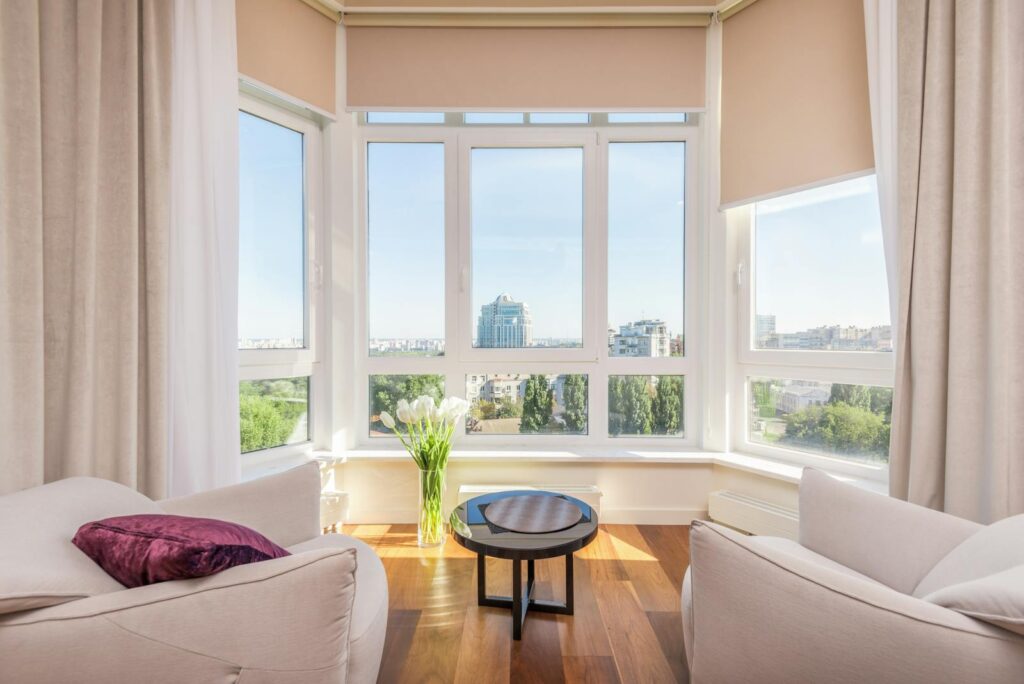
Humidity indoors can be much lower than outside. Choose plants that can adapt to both dry and moist air.
Good airflow keeps your plants healthy. Indoors, a fan or open window helps. Outdoors, avoid planting in spots where air doesn’t move.
If your home is dry, mist your plants or use a humidifier. Outside, natural rain usually does the trick, but wind can dry things out.
For more on caring for plants in different environments, you can visit this guide to indoor and outdoor plant care.
Care and Maintenance Differences Indoors vs Outdoors
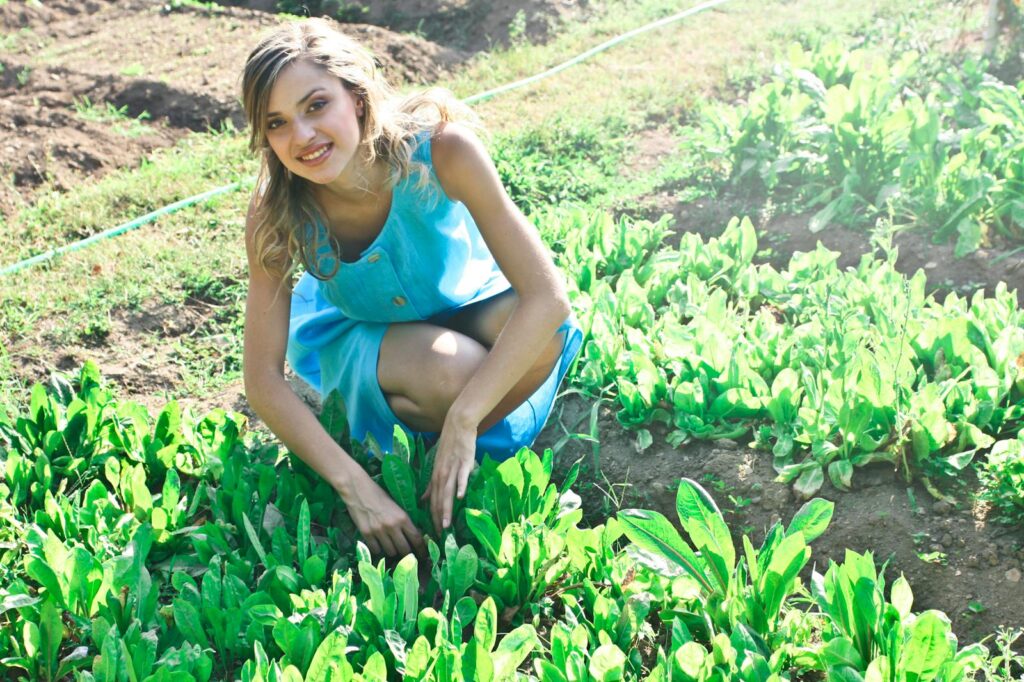
When it comes to tending to plants, where they live makes a real difference. A plant sitting on your windowsill faces a whole different world compared to one planted in your backyard.
Sunlight, airflow, and temperature all shift depending on the setting. These factors can change how you approach watering and feeding.
Watering Practices
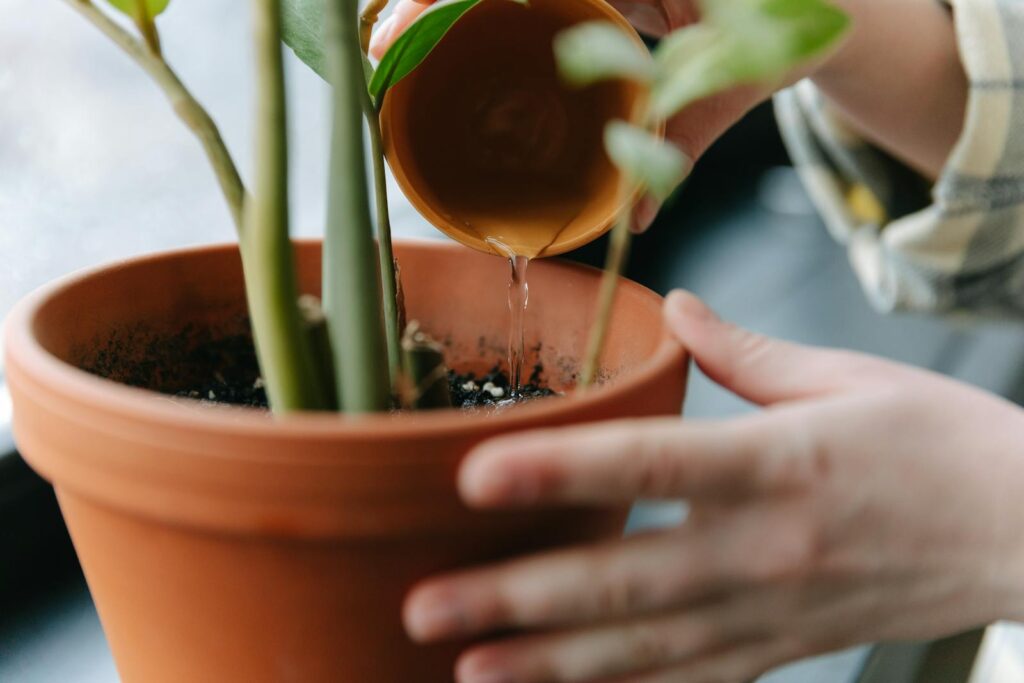
Watering routines look different inside and outside. If your plants are outdoors, rain sometimes steps in to help, but you still need to check the soil.
Outdoor roots have more room to spread, so they often need a deeper drink. Try watering early in the morning or late in the evening to keep evaporation at bay.
Inside, you’re in charge of all the watering since rain doesn’t reach your houseplants. Overwatering is a common pitfall indoors because pots tend to hold moisture longer.
Stick your finger into the soil—if it’s dry an inch down, go ahead and water. Make sure your pots have drainage holes so extra water can escape.
Nutrient Management
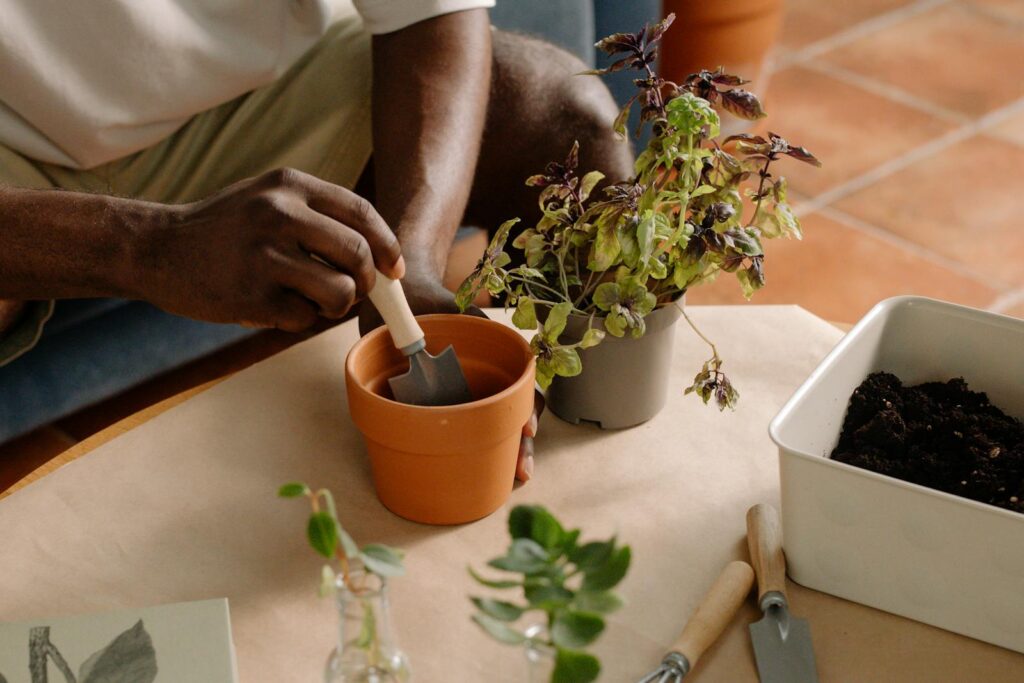
When you grow plants outside, the soil and fallen leaves provide some natural nutrients. Even so, your garden might still need a boost, especially when plants are actively growing.
Try using slow-release fertilizers or organic compost to give outdoor plants steady nourishment. This helps feed them gradually and keeps things balanced.
Indoor plants depend on you for all their nutrients. Pots hold only a small amount of soil, so nutrients can run out quickly.
A balanced liquid fertilizer every two to four weeks during spring and summer can help indoor plants stay healthy. Always check the package directions so you do not overdo it.

